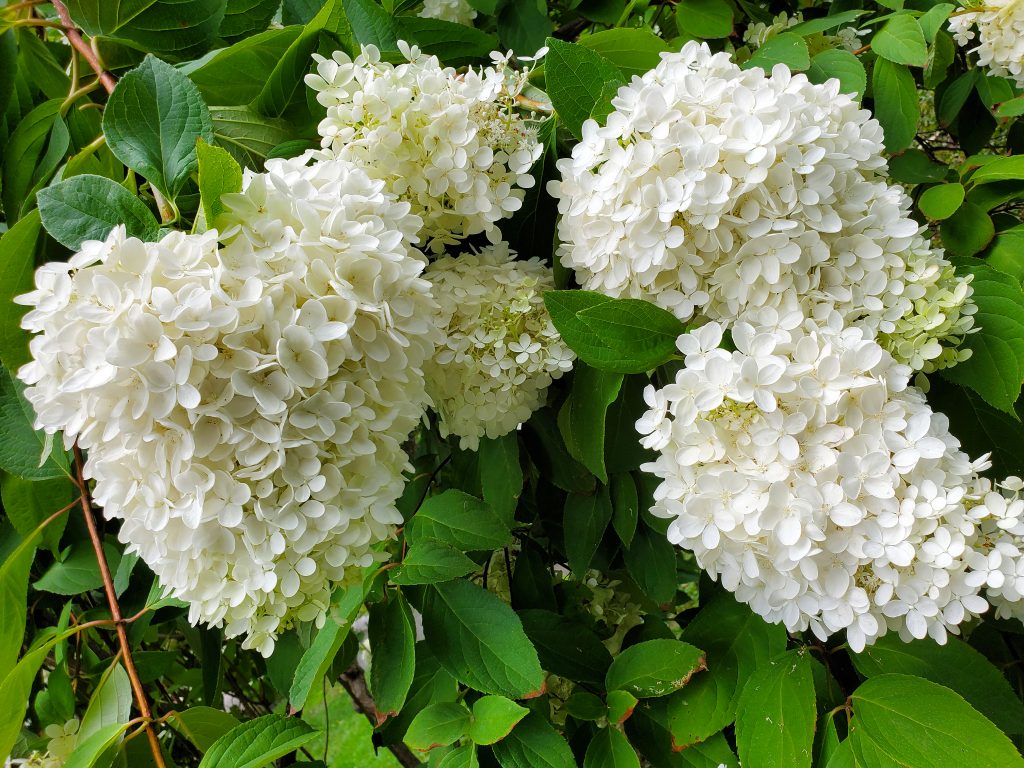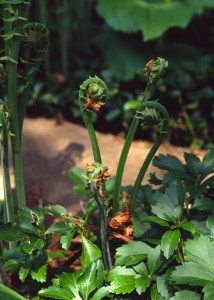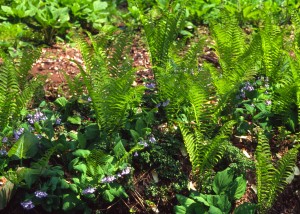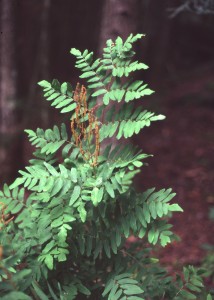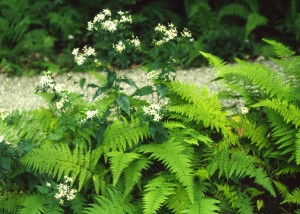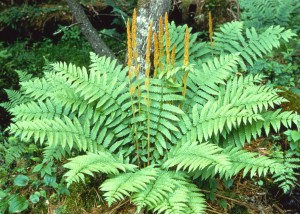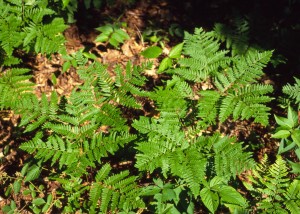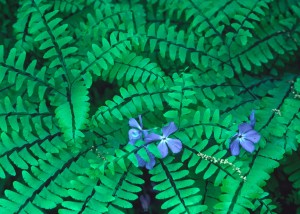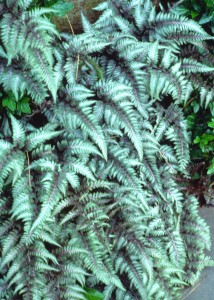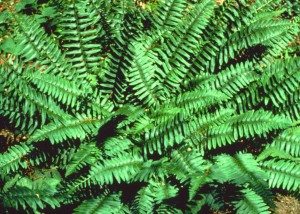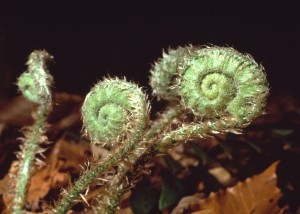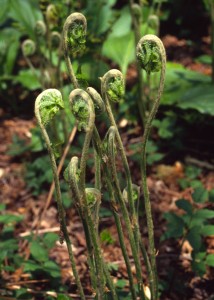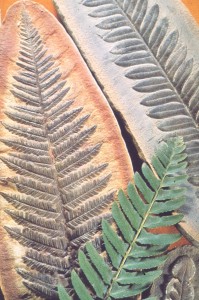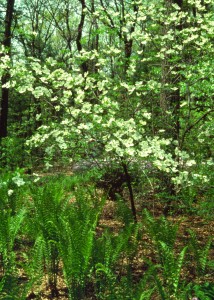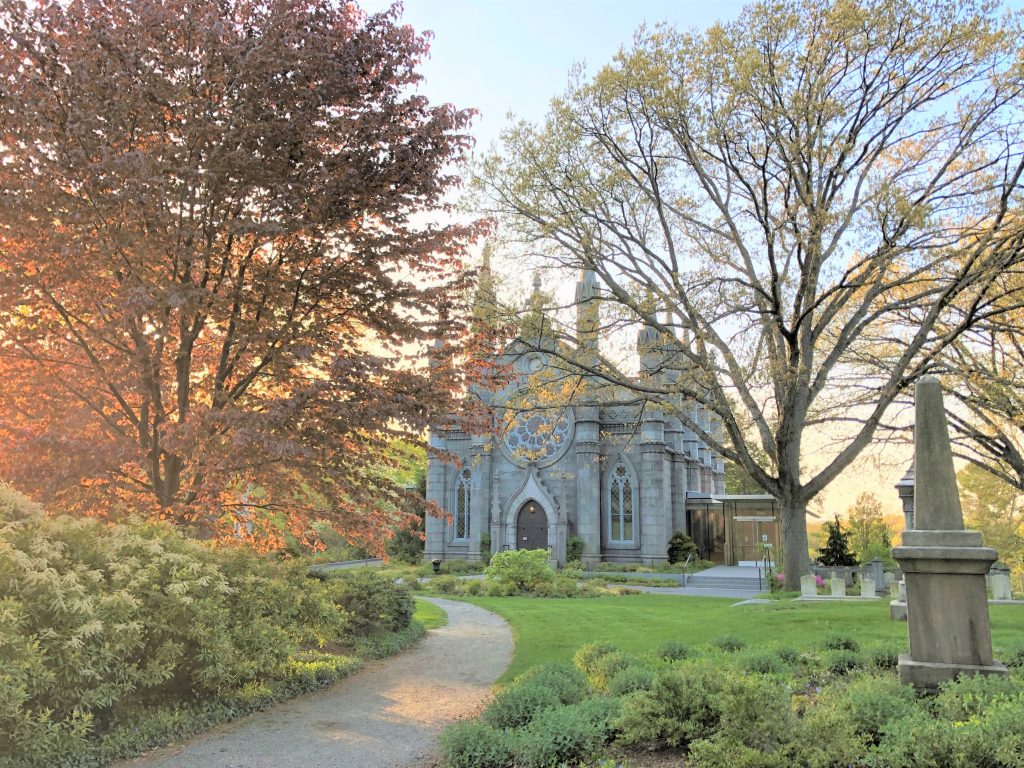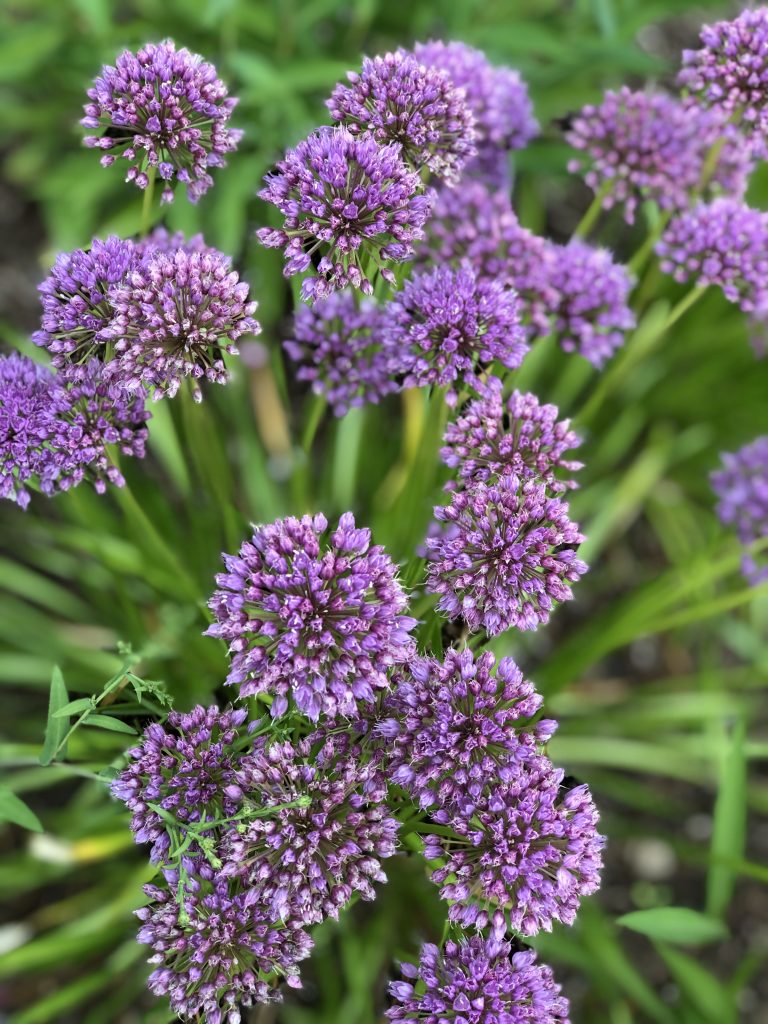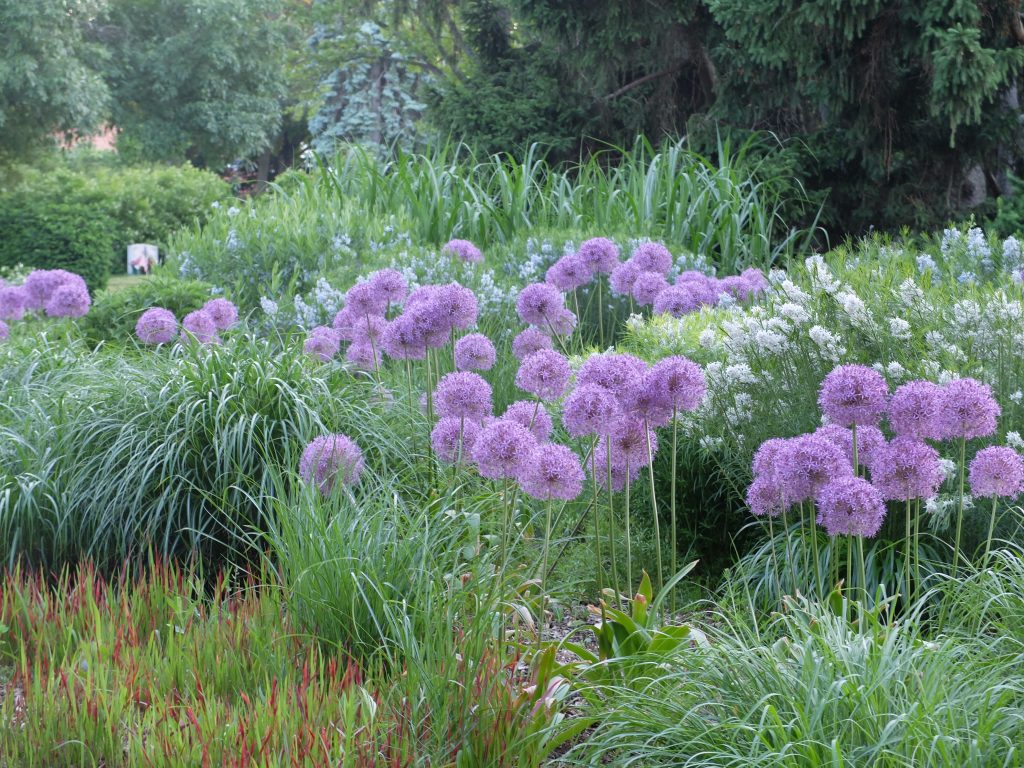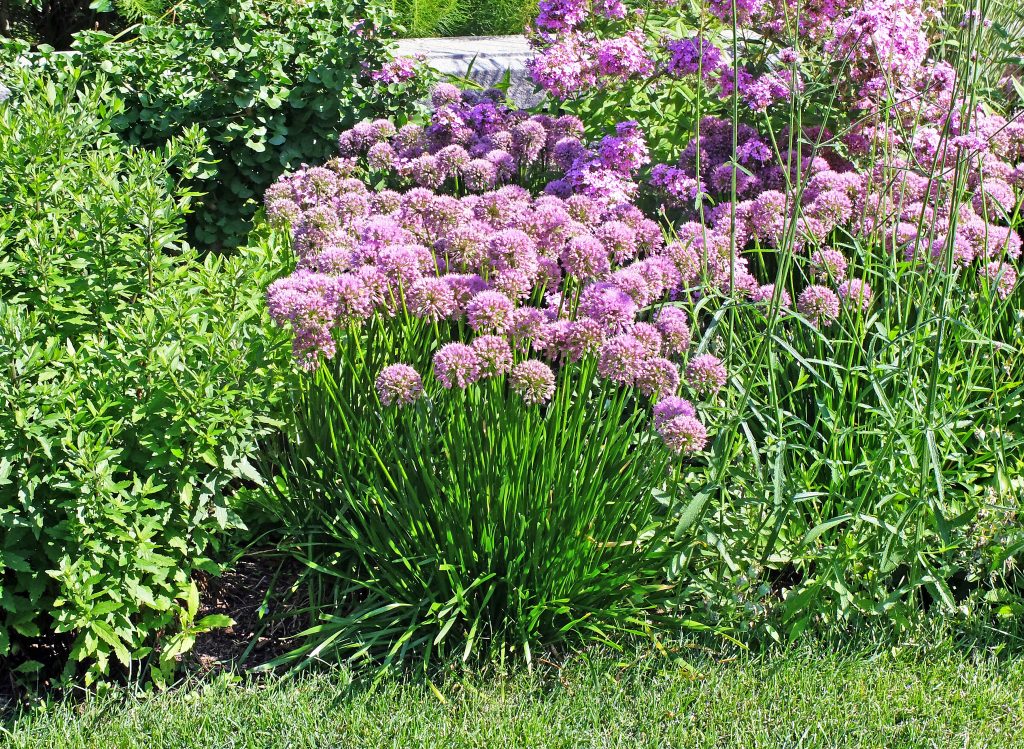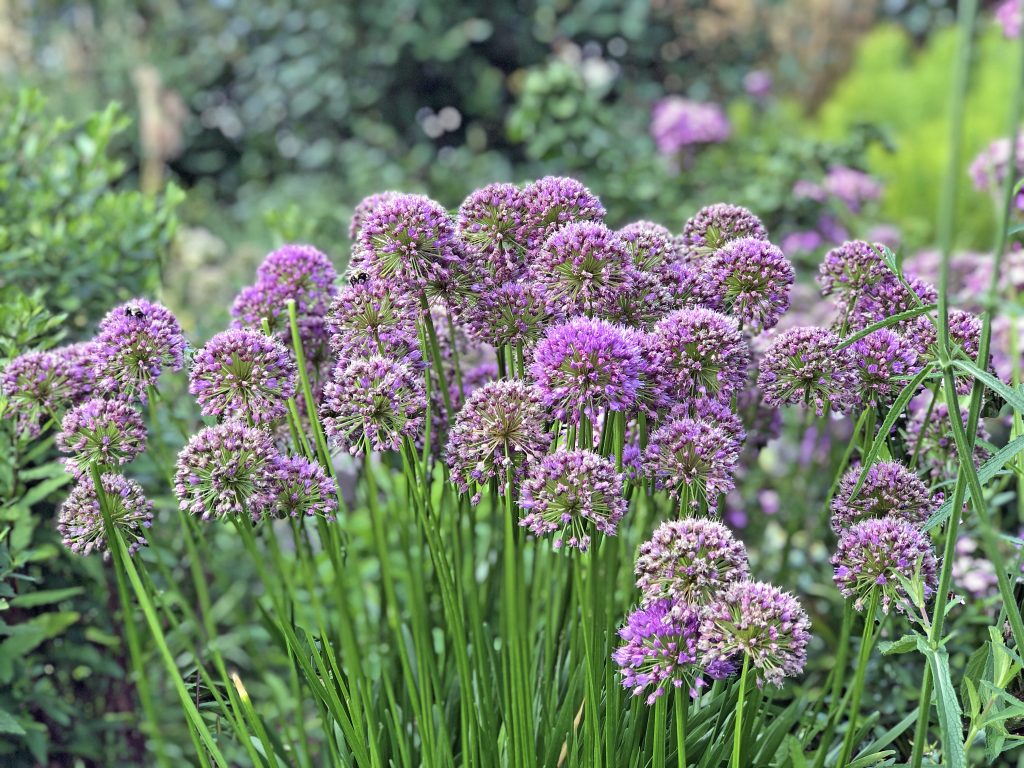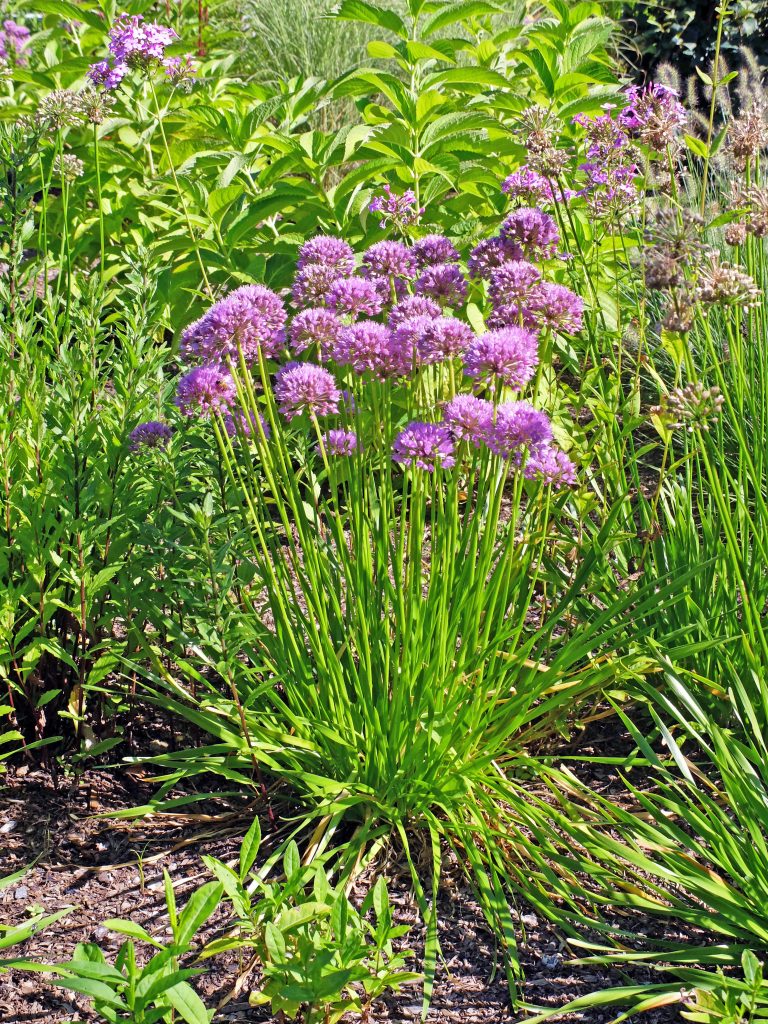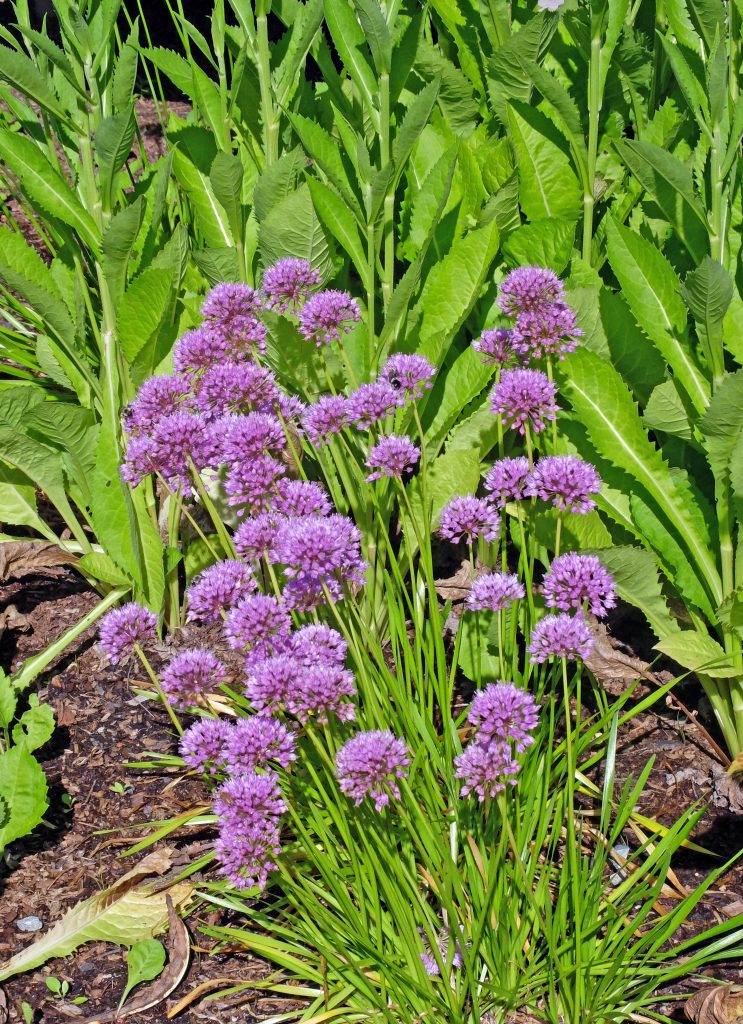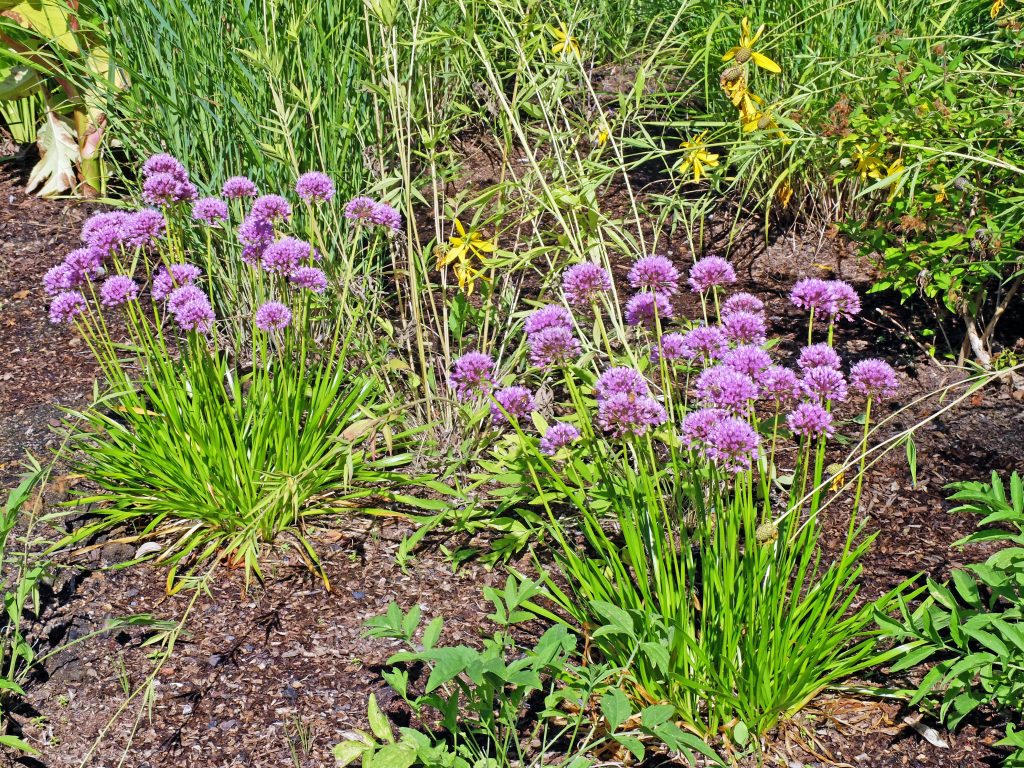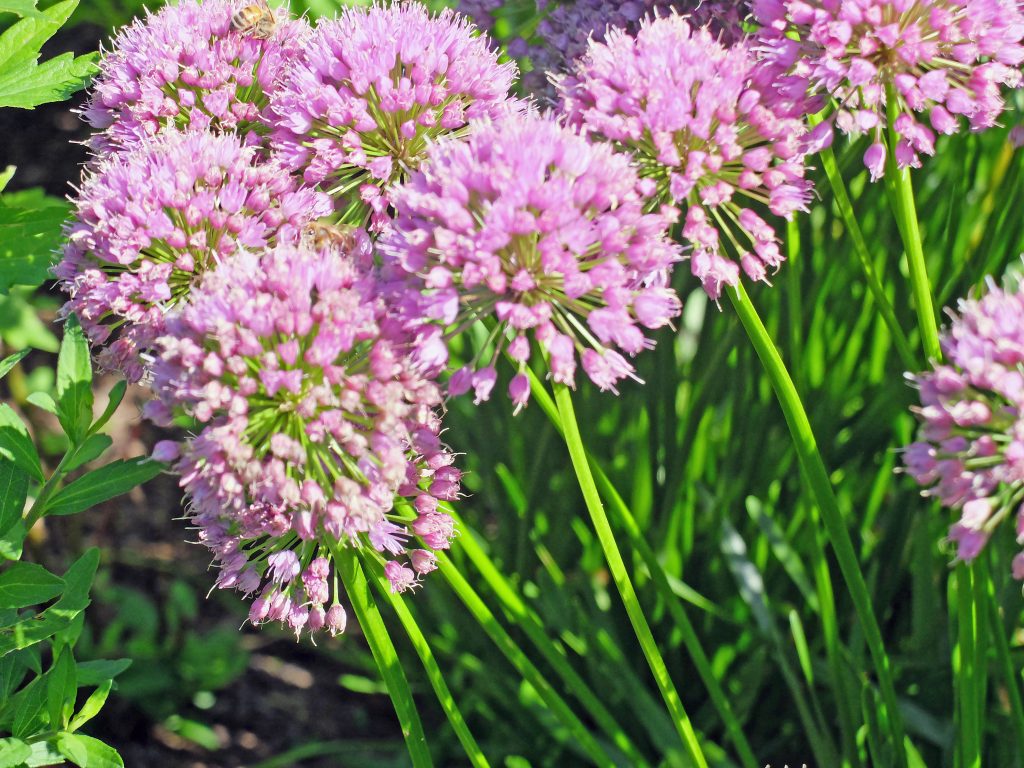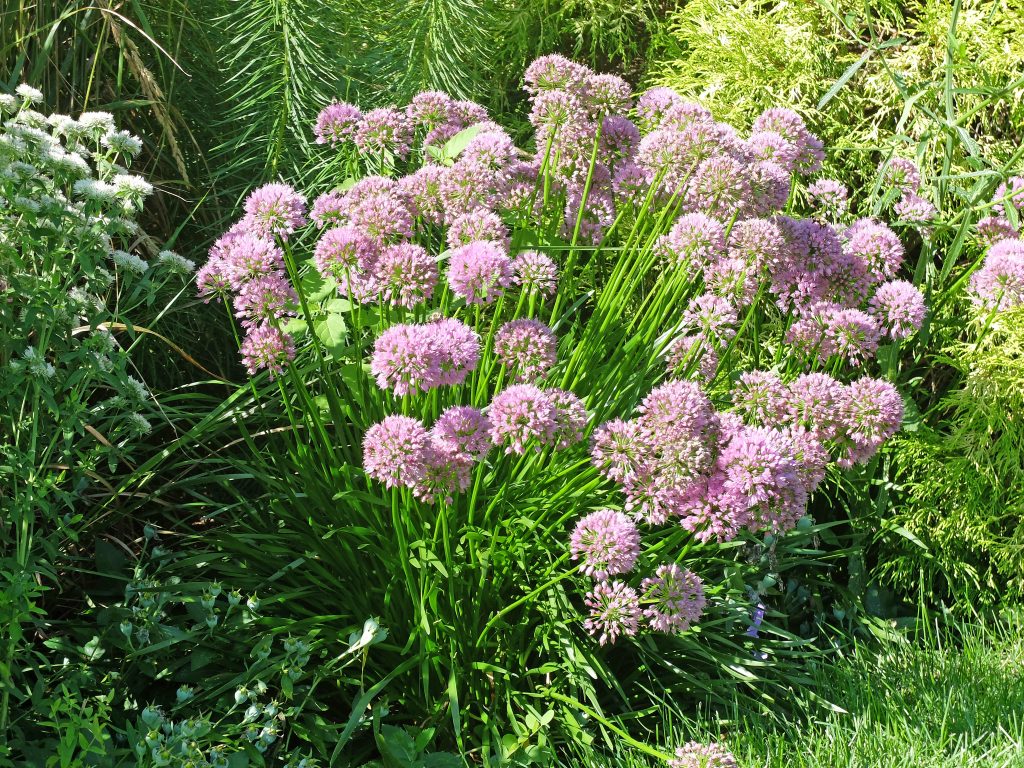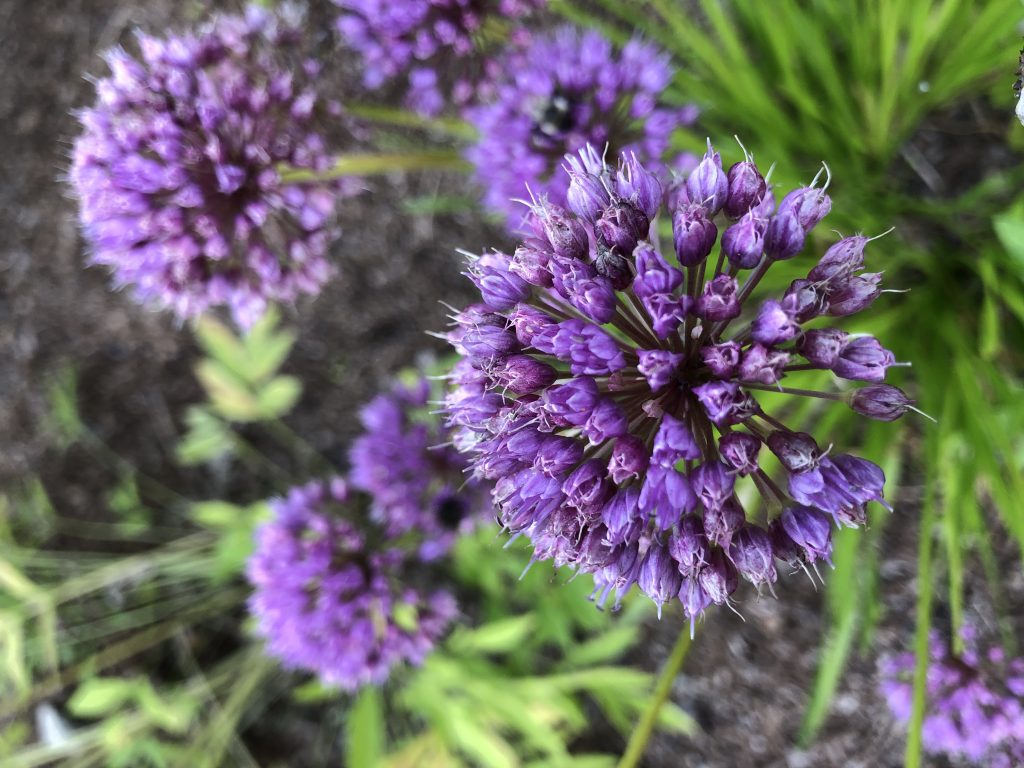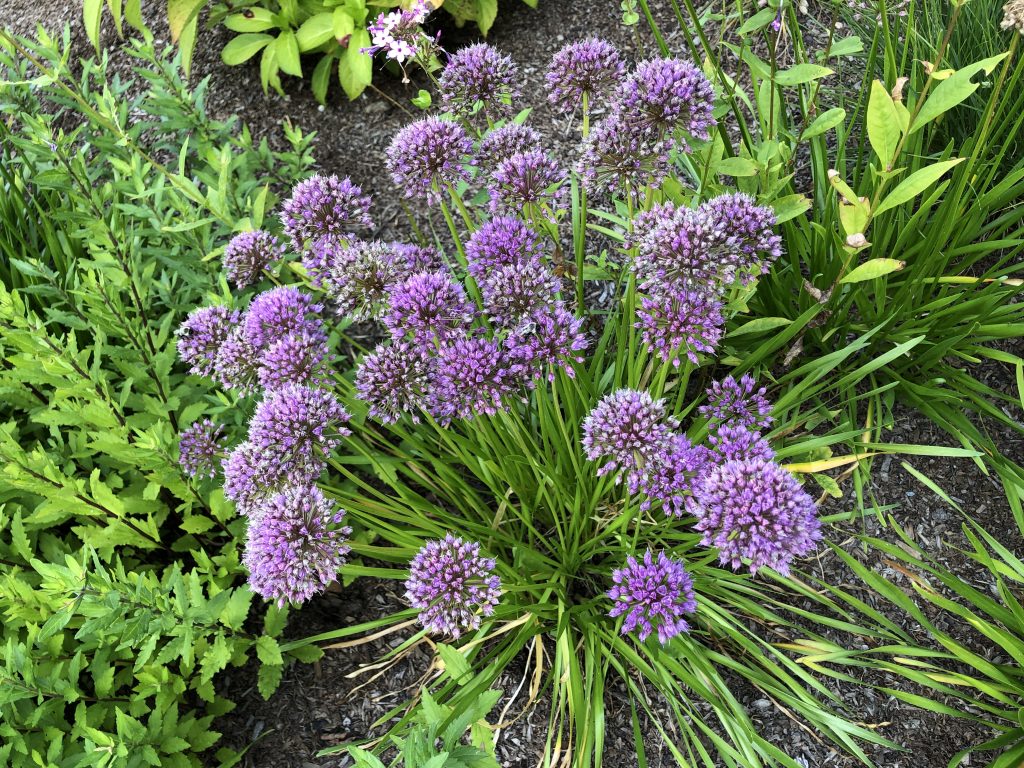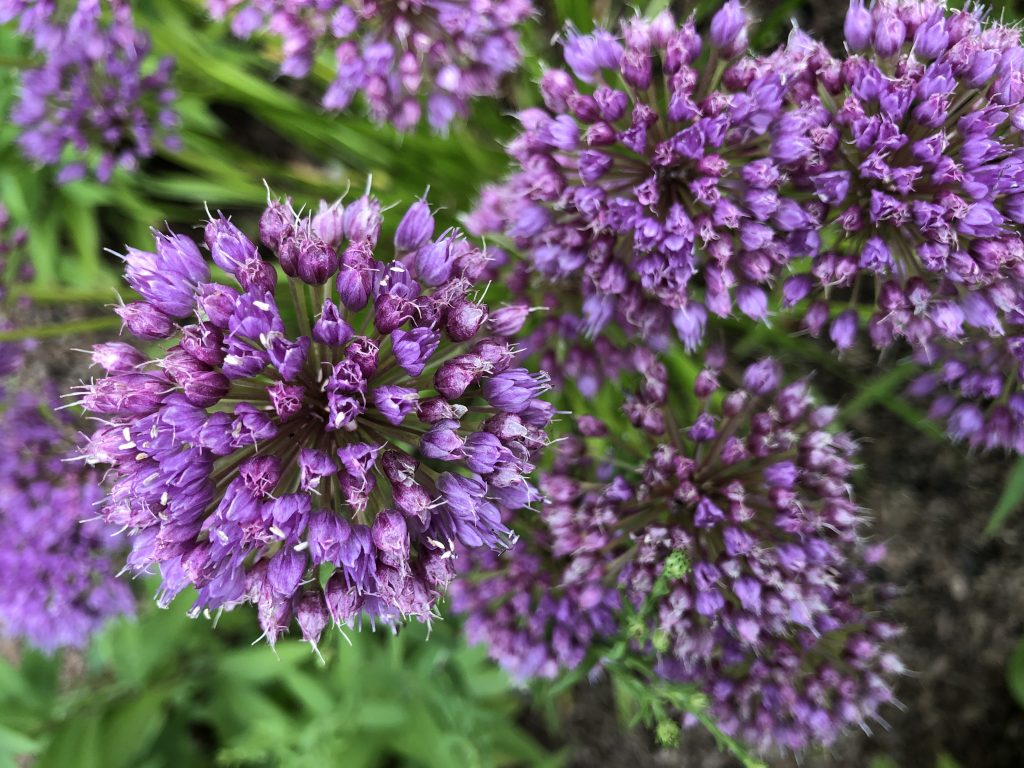Panicle Hydrangea, Hydrangea paniculata
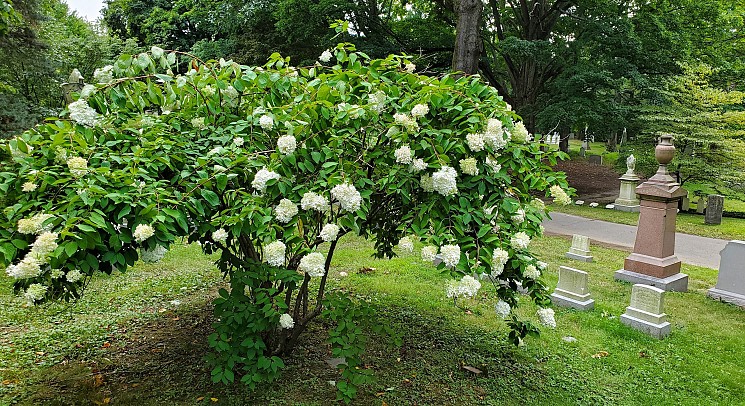
It was late in September when you took me
To that amazing garden, hidden in the city,
Tranquil and complicated as an open hand, …
– May Sarton
For many of us, September, with its return of school-days, has become a de facto end of summer. One late-blooming plant, that always extends the lushness of summer flowers, well past Labor Day, is the Panicle Hydrangea, Hydrangea paniculata.
The genus Hydrangea, within the family HYDRANGEACEAE, includes over 70 species of flowering plants, native to south, and eastern Asia, and North, and South America. Hydrangeas are divided into three major groups of plants: vines; shrubs with the flower inflorescences as round, or conical clusters; and shrubs with flat-topped inflorescences. Hydrangea paniculata, with flowers in elongated, conical, terminal clusters, is native to China and Japan, and was introduced into western cultivation in 1861, by Philipp Franz von Siebold (1796-1866), German physician, and notable plant collector.
Ferns
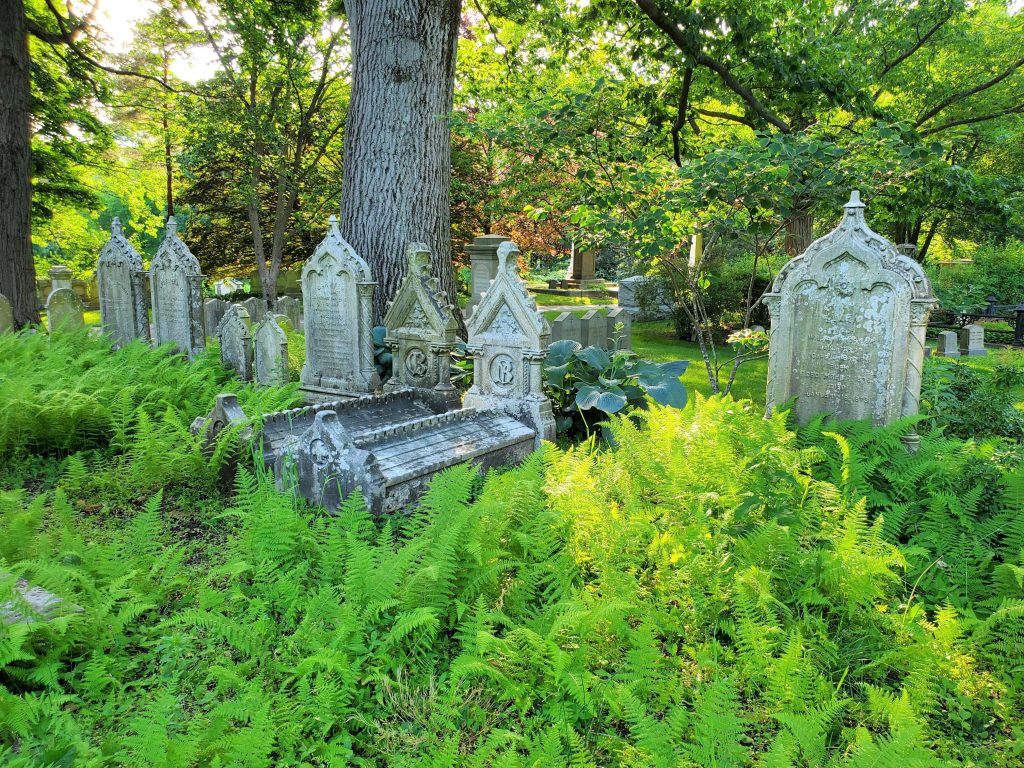
Pokin’ round ‘mid ferns and mosses,
Like a hop-tail or a snail,
Somehow seems to lighten crosses
Where my heart would elsewhere fail.
– Anon.
Fossils indicate that ferns have existed for over 400 million years. Today worldwide there are identified more than 11,000 species, in 300 genera and 33 families. Among the most widespread forms of all plant life, they grow on every continent, in soil, on rocks, in trees, in deserts, as well as rainforests. They are also unique in having the greatest size variation of any form of plant life, from less than the size of your thumbnail, to 60-foot tall tree-ferns. Ferns were the first plants with a vascular system, allowing water and nutrients to be conducted from the soil, through the roots, and stem, to the leaves. Ferns reproduce without flowers or seeds, but rather through spores released into the air.
A few useful terms; frond is the whole fern leaf, both blade and stalk, blade is the leafy part of the frond, stipe is the stem of the frond below the blade, rachis is the portion of the stipe extending into the leaf blade, pinnae are the leaflets which may be lobed, or completely separated from each other, when the latter, the separate lobes are referred to as pinnules, and fiddlehead is the unfurling frond of any fern.
Ferns with a seeming delicate structure, adding to their lingering loveliness, are found throughout our landscape. Many are planted in the shade of Consecration Dell, others are combined with perennials and/or shrubs, and some are planted in sweeps within beds. All provide visual texture. The following are ten, of the over two-dozen, different species of ferns growing here.
One of our most conspicuous native New England ferns, Ostrich fern, Matteuccia struthiopteris, gets its name from its graceful, long, arching, lyre-shaped fronds, resembling an ostrich plume. The fronds are widest above their mid-length, and the stipe (stalk) has a deep groove. It is one of the few edible ferns, its fiddleheads, which may be cut and prepared like asparagus, are harvested in early spring each year.
The Sensitive fern, Onoclea sensibilis is un-fern like in appearance with its pale-green fronds that are broadly triangular, deeply lobed, and wavy-edged. The pinnae have a soft, plush-like texture, and are known to die back with the first frost. You will find these on Lawn Ave., Rosebay Ave., and other locations.
Royal fern, Osmunda regalis has leaves that resemble a black locust tree (Robinia pseudoacacia) and is often found in wet, swampy areas. The unusual clustering of spore-borne fertile pinnae, at the top of those fronds, reminds some of the floral shape of a sunflower or astilbe. Creating a vase form, 4-feet tall, these rich green fronds turn to a soft yellow in autumn. Look for this in Consecration Dell.
Hay-scented fern, Dennstaedtia punctilobulata has chartreuse-colored, lacy fronds, that grow singly, to about knee-high, and seem to align themselves to face the sun. This is one of the most common native ferns in New England, helped by the facts that it can grow in full sun (as well as dry shade), and it is not on the white-tailed deer’s menu. The soft fronds, squeezed between your fingers, feel slightly sticky, due to tiny white glandular hairs (look for them with a hand lens). Some, but not all, claim this fern to be hay-scented. These are growing in Consecration Dell, and numerous other locations.
Cinnamon fern, Osmunda cinnamomea takes its name not from fragrance, but from the cinnamon-colored hairs found covering its stipes, the axils of its pinnae at the rachis, and on the distinctly upright, mature, fertile fronds. Appreciated by birds, this “fern wool” or “fern cotton” is used by warblers, creepers, and other smaller birds in felting their nests. This fern grows in vase-like clusters, with each frond widest at, or just below the middle. In early spring, its emerging fiddleheads are covered with a dense, white pubescence. You will also find these in Consecration Dell.
Bracken fern, Pteridium aquilinum may form large, dense stands, even hip-high. It grows luxuriantly (some would say weedy) on several continents. The distinctive three-parted blades are highly dissected, and have a leathery feel. Historically, this was widely used for food, clothing, and shelter. Some Asian cultures ate the fiddleheads, although current medical knowledge strongly advises against this. Bracken fibers have been popular for weaving cloth, and various parts of the plant have been used as a dye. The dried stalks, bound together were used as thatch for rural cottages. You will find these between Asa Gray Garden and Bigelow Chapel, and other locations.
The New York fern, Thelypteris noveboracensis is native throughout eastern United States and Canada, despite the name. It grows in clumps of three or more fronds, each with a dark brown stipe. A more notable characteristic is that its diamond-shaped, fronds taper gradually at both top and bottom, with the lowest pinnae being very small. This notable double taper has been said to be like New Yorkers who “burn the candle at both ends.” You will find this on Oak Ave.
Northern maidenhair fern, Adiantum pedatum is a smaller fern, with a delicate, distinctive shape. Its thin black stipe divides into two arching, circular fans of fronds. Its light-green pinnules, which undulate in the slightest breeze, often have a ginkgo-shaped terminal pinnule. You will find these in Spruce Knoll.
Japanese painted fern, Athyrium niponicum ‘Pictum’ is one of the prettiest exotic species. It has a gray-green, shading to silver, tapered blade with contrasting wine-red rachis. Although perhaps only a foot tall, this is a fern that when used with perennials, creates numerous lovely plant-combinations. You will find these on Pearl Ave., among other locations.
Christmas fern, Polystichum acrostichoideshas rich, deep-green,, evergreen fronds, leathery to the touch. This is a clumping fern, adaptable to either moist or dryish sites. It may become a prostrate evergreen mat in winter. These will be found in Birch Gardens, Consecration Dell, and other locations.
On your next visit, stop and take a closer look at the many uncommonly lovely ferns enhancing our landscape.
“I bring you a Fern from my own Forest – where I play every Day.” -Emily Dickinson
…and we hid
in the chill twilight
face down hearing our breaths
our own breaths
full of the horizon
and the smell of the dew
on the cold ferns…
W. S. Merwin
Unfolding
By Sandra Shaffer VanDoren
Curled tight as a new- born’s fist,
the fern fronds unfurl slowly,
finger by finger in the
quiet spring sun, and lacy
hands reach out to touch the heat,
to tap gently on still air.
An infant on a blanket
nearby tries to raise her head,
which wobbles slightly on its
slender neck, a little like
a fern frond in a rare breeze,
as the baby stretches up,
already wanting to plunge
into this warm, green-laced world.
Her brother, aged two, squats by
the edge of the fern garden,
chatting like a small squirrel
in his rapid toddler-speak,
clearly trying to tell his
patient mother about the ferns,
their wavy fingers, the sun
and the worm he saw wiggling
around in the rich black earth.
The old woman sitting on
a bench close by watches them.
She sees the ferns uncurl their
fists, the baby lift her head,
the toddler exploring, and rejoices
that, even in her final years,
she can witness once more life’s
renewed possibilities.









European Beech, Fagus sylvatica
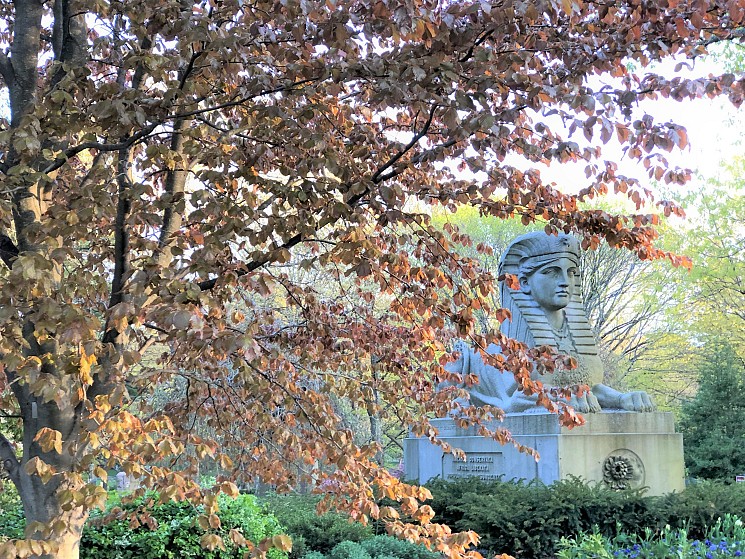
I find joy in the cemetery trees.
Their roots are in our hearts.
In their leaves the soul
Of another century is in ascension.
-Rodney James
Of all our cemetery trees, there are few that are more majestic, and beautiful, than our European Beech, Fagus sylvatica. This beech has aptly been termed the Adonis, and Hercules of European forests. Native to Central Europe, southern Norway to Greece, France to the Caucasus Mountains, this is a tree reaching 50 to 70 feet in height, with an equal or even broader spread in width. Michael Dirr, noted contemporary plantsman, and author of the indispensible tree reference, Manual of Woody Landscape Plants, therein says it all, “There is no finer specimen tree; so beautiful that it overwhelms one at first glance…” Dirr continues, while describing its highly recognizable bark, “Smooth, gray… developing an elephant hide appearance on old trunks; a beauty unmatched by the bark of other trees.”
Horticultural Highlight: Millenium Ornamental Onion, Allium ‘Millenium’
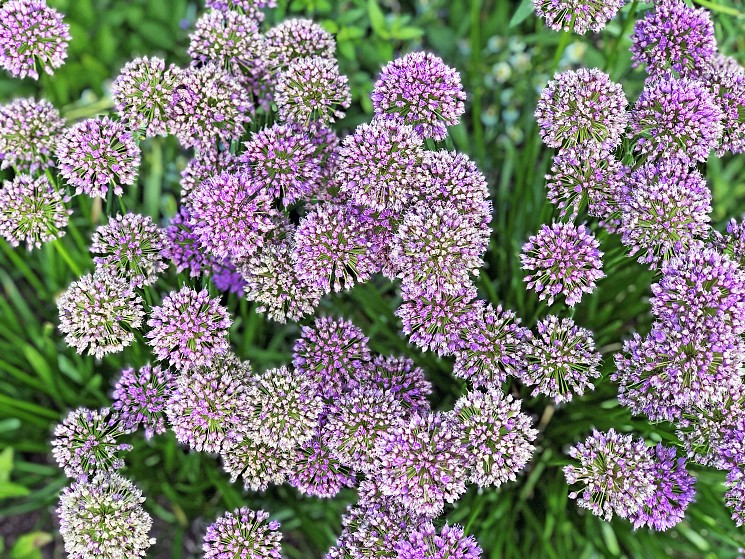
…Something in me isn’t ready
to let go of summer so easily. To destroy
what I’ve carefully cultivated all these months…
–Karina Borowicz
The common onion, Allium cepa would not make many lists of beautiful ornamental plants. Nor would the garlic, Allium sativum, chives, Allium schoenoprasum, or leeks, Allium ampeloprasum. All are members of the large genus Allium, which depending on taxonomic interpretation include 750 or 850 or more species, primarily native to the temperate climates of the Northern Hemisphere. In historic times this genus’ place was in the kitchen or vegetable garden. In our modern era people began to know the “ornamental onions.” You will find in many nursery catalogues as well as landscapes, ornamental Allium species with exceptional beauty.
One well-known, striking example is the hybrid ‘Globemaster’, with its three-foot tall stems topped with large purple flowerheads. You may recall these from their earlier June display around our flagpole planting bed.
Allium ‘Millenium’ one of the more recent horticultural hybrid ornamental onions blooms during mid-to-late summer. This 10-15-inch, compact, upright clump, of dark-green, grass-like leaves is topped with 2-inch, rose-purple balls of florets.
This summer floral display may last four to six weeks, attracting many bees, butterflies and other pollinators. When the colorful florets wilt they dry to a tan color still providing texture and accent in the garden. Additionally, this is a drought-tolerant perennial that rabbits and deer leave alone.
Bred by Mark McDonough, a Massachusetts plant researcher, who specializes in growing and selecting Alliums, this was selected by the Perennial Plant Association as the Perennial Plant of the Year for 2018. On your next visit to Mount Auburn look for Allium ‘Millenium’ within our new Asa Gray Garden, just inside our main entrance.
